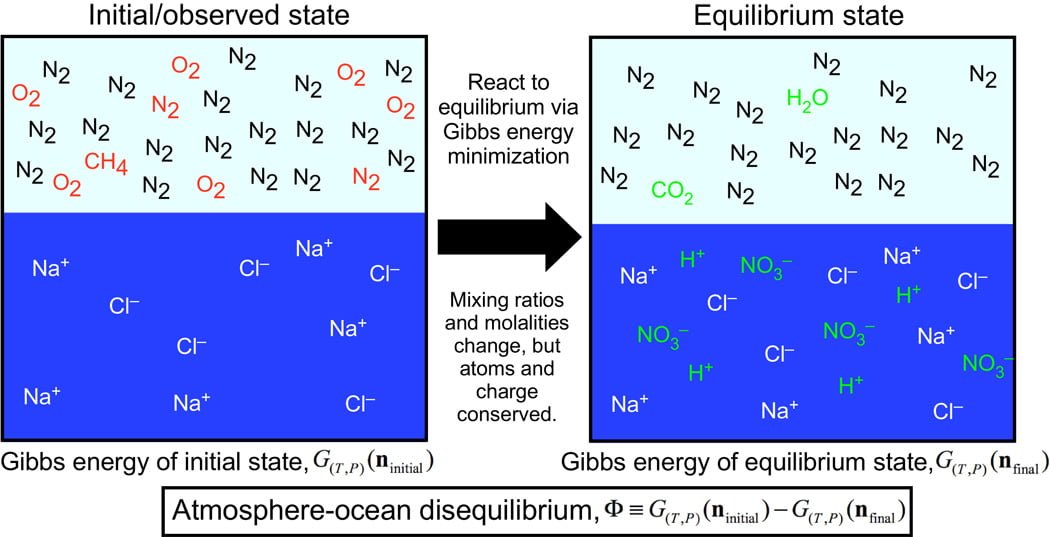Researchers have recently published a study that takes a look at combinations of gases that could potentially support alien life.
The Search For Alien Life
Those looking for alien life around the universe are often focused on finding areas with oxygen. The majority of life here on earth requires on Oxygen to survive, but it’s very difficult for a planet to capture any significant amount of this gas if there aren’t a large amount of organisms on the surface producing it.
Joshua Krissansen-Totton, a doctoral student in Earth and Space Sciences at the University of Washington in Seattle and lead author of the recent study, stated that “…We don’t want to put all our eggs in one basket…Even if life is common in the cosmos, we have no idea if it will be life that makes oxygen. The biochemistry of oxygen production is very complex and could be quite rare,” reports Space.com
Because it’s possible that there’s alien life out there that isn’t producing oxygen, Krissansen-Totton and his team took a broader look by studying the history of Earth in order to identify different combinations of gas that, if discovered by observation instruments like the NASA James Webb Space Telescope, would be an indicator of possible life. The study results determined that Methane and carbon dioxide without any notable amount of carbon monoxide would be a start to determining the existence of alien life in a specific locale.
The chemical formulas included in the study show that methane and carbon dioxide are vary different molecules, and that their coexistence would indicate “atmospheric disequilibrium.”
Krissansen-Totton continued on to explain the findings and their significance:
“So you’ve got these extreme levels of oxidation. And it’s hard to do that through non-biological processes without also producing carbon monoxide, which is intermediate…For example, planets with volcanoes that belch out carbon dioxide and methane will also tend to belch out carbon monoxide.”
If there was a good amount of carbon monoxide in the atmosphere, the study authors argue that the presence of life is a slim possibility.
Study Significance
While this discovery doesn’t necessarily make it easier to detect alien life on their own, it can help rule out planets that likely don’t have anything alive on their surface. With many enthusiasts and scientists alike searching for the existence of alien life, being able to significantly narrow the scope of their investigation may make it easier to pinpoint locations with a high probability of housing living beings.
Space.com reports that study co-author David Catling, a professor of Earth and Space Scientists at the University of Washington, expanded on the significance of the study, saying “What’s exciting is that our suggestion is doable, and may lead to the historic discovery of an extraterrestrial biosphere in the not-too-distant future.”
This study was published online Wednesday, January 24, in the journal Science Advances.





